Rebuilt Shigeru Ban houses launch at the architect’s Simose Art Museum in Hiroshima
A series of rebuilt Shigeru Ban houses become available to experience and rent at the Simose Art Museum, designed by the same architect, in Hiroshima, Japan

With the opening of a series of Shigeru Ban houses at the ambitious Simose Art Museum project outside of Hiroshima, fans of the architect now finally have an opportunity to experience some of Japanese architecture’s most iconic homes first hand. The new museum, also created by the architect and opening on 1 April 2023, offers a holistic experience of Japanese design, art, craft and Shigeru Ban's work.
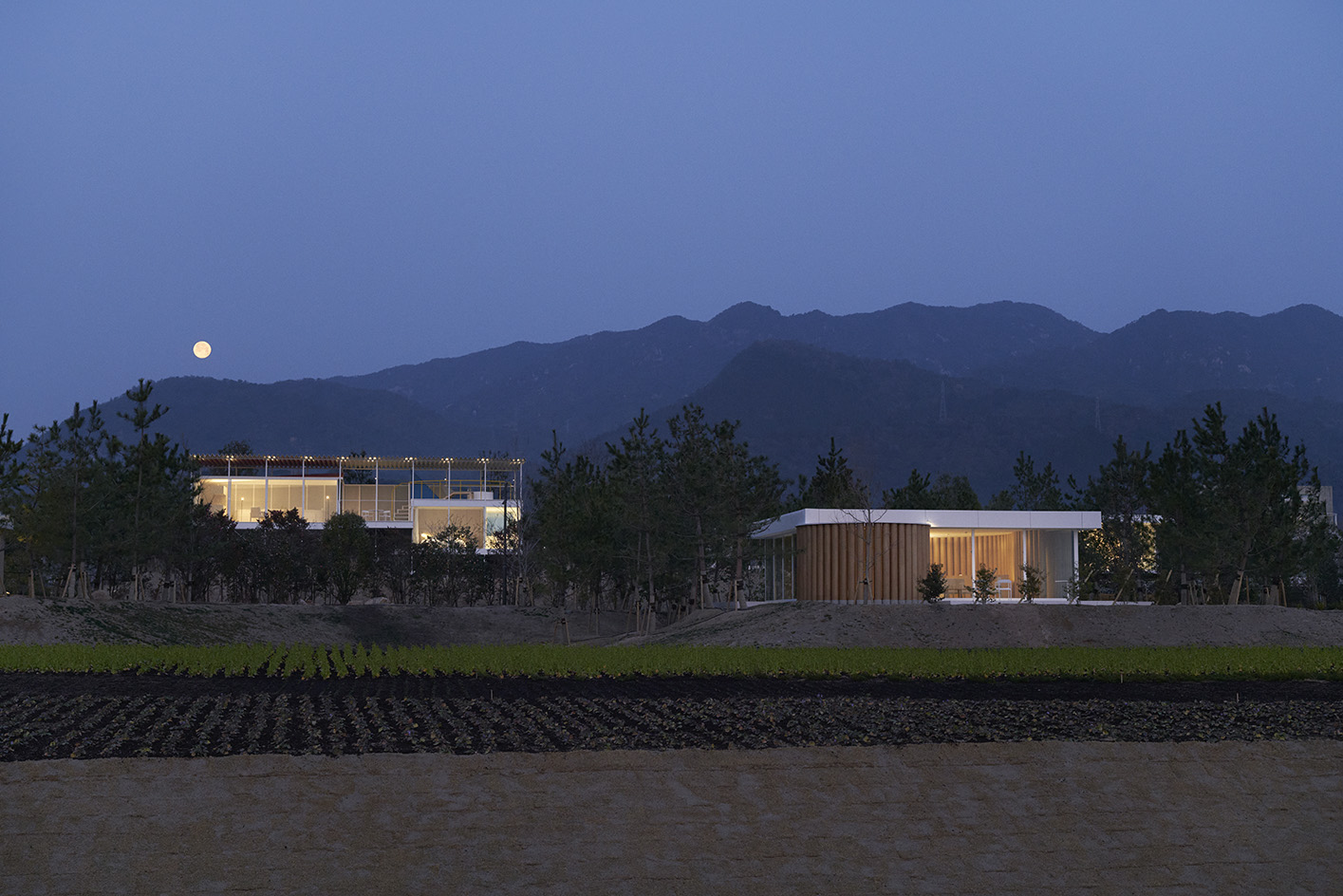
Simose Art Garden Villas
Shigeru Ban houses at the Simose Art Museum
With three sides made entirely of floor-to-ceiling sliding glass doors, Wall-Less House by Ban, originally from 1997, does indeed appear to be little more than a slab floor and floating roof. The windows open wide to blur the border between inside and out.
The architect's Paper House, built using 110 paper tubes, with a single oversized one housing the toilet, is a testament to the architect's well-known fascination with the particular material – and a true joy to experience up close.
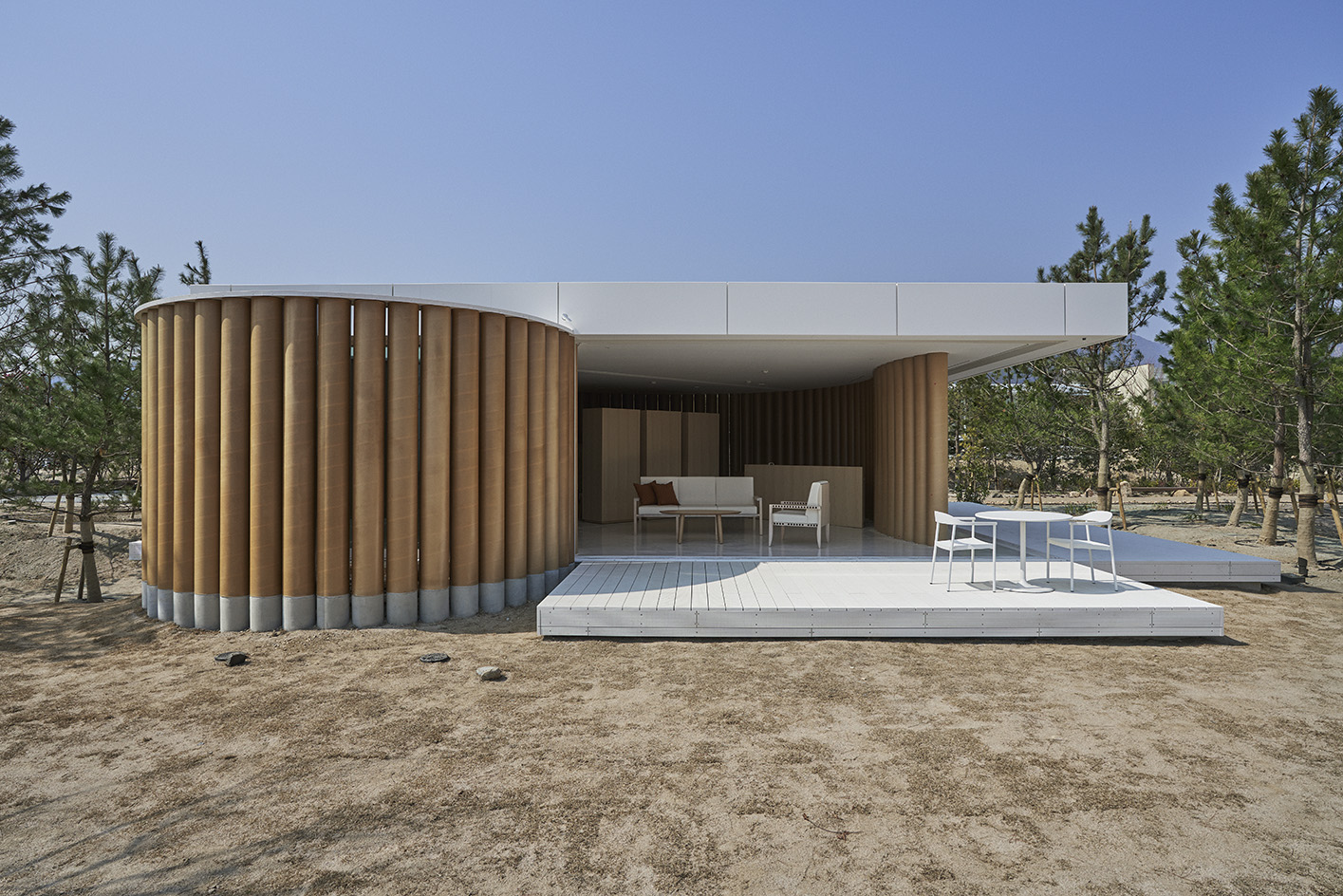
Paper House
There is also Ban’s Furniture House, where closets and bookcases double as structural elements, and the House of Double-Roof, originally built near the shores of Lake Yamanaka. It features an outdoor Jacuzzi tub with splendid views out on Hiroshima Bay and the nearby Miyajima island.
All of these projects were originally constructed in the 1990s as private vacation homes, typically off limits to the general public, and have since been demolished. Now, they have been given a new lease of life, rebuilt and only slightly modified, as part of Simose’s family of ten standalone villas that become available to rent, allowing guests to stay in one of the iconic Japanese houses.
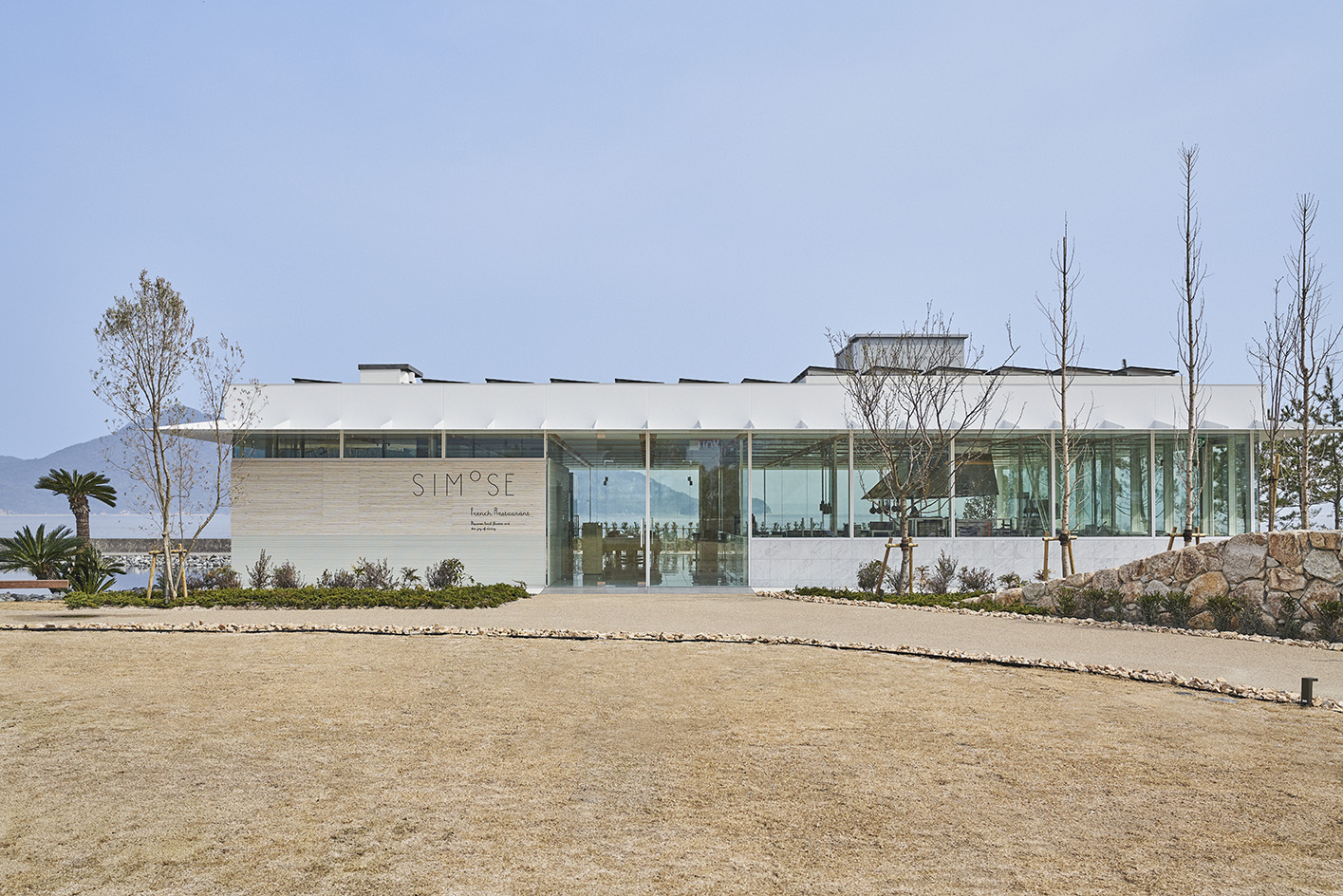
The restaurant
Accompanying the four rebuilt villas in the museum's garden area, the striking colours of Ban’s brand new Cross Wall House make it stand out in its serene surroundings. At the other end of the campus sit five newly designed Waterfront villas that make use of an Austrian timber construction element called Kielsteg.
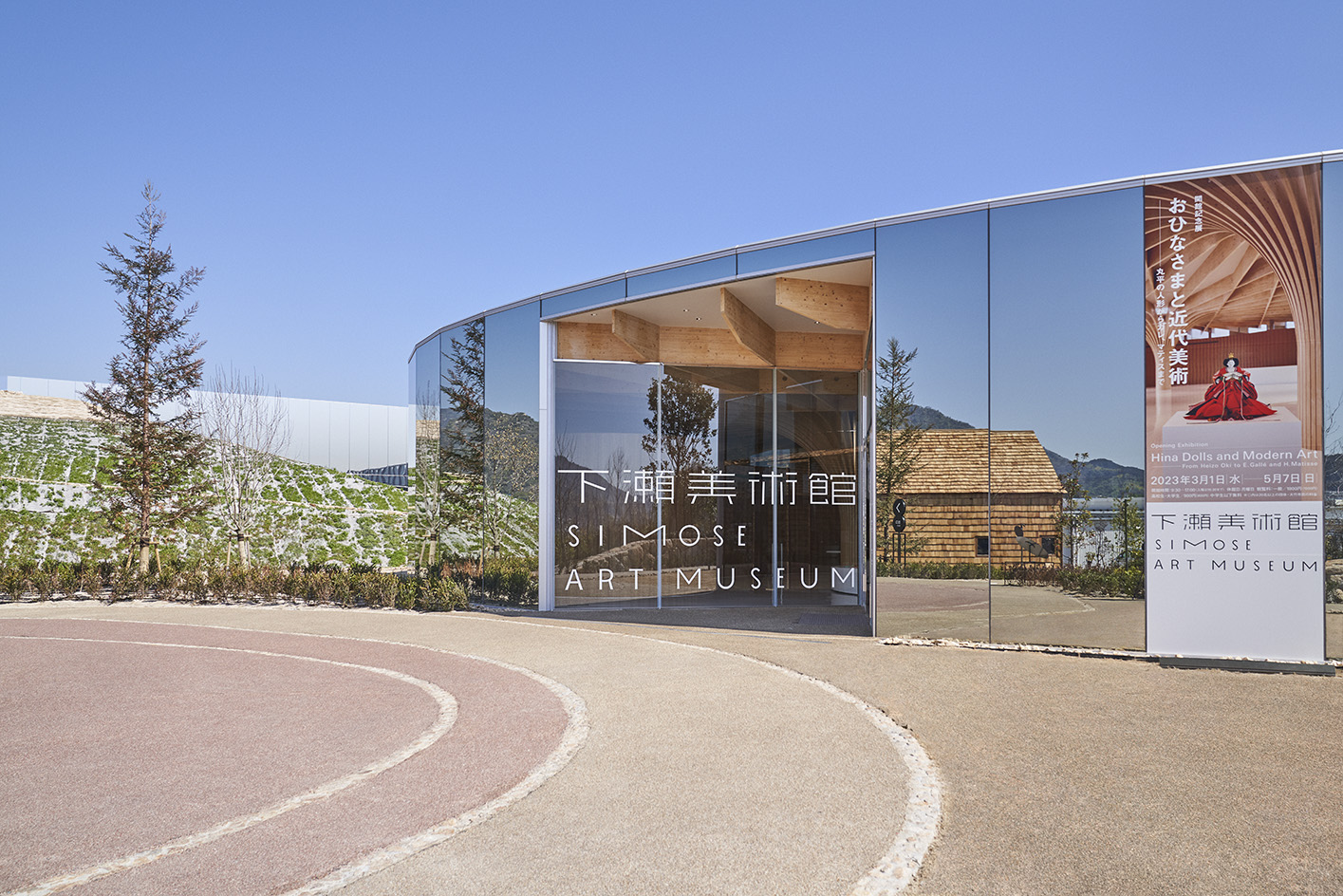
The Simose Art Museum entrance
Sitting at the heart of it all, the Simose Art Museum spreads across an impressive oval entrance hall supported by two trunk-like columns, a large exhibition space and eight floating reconfigurable cubes that will be used to display the varied art and craft collection of the museum.
Receive our daily digest of inspiration, escapism and design stories from around the world direct to your inbox.
'I wanted to make a museum that could change shape, to create a new experience for the visitors upon revisits,' Ban explains. Moving the brightly coloured cubes around requires the water level in the manmade pond they sit in to be raised before they are pushed by hand, but allows the museum a wide variety of exhibition options.
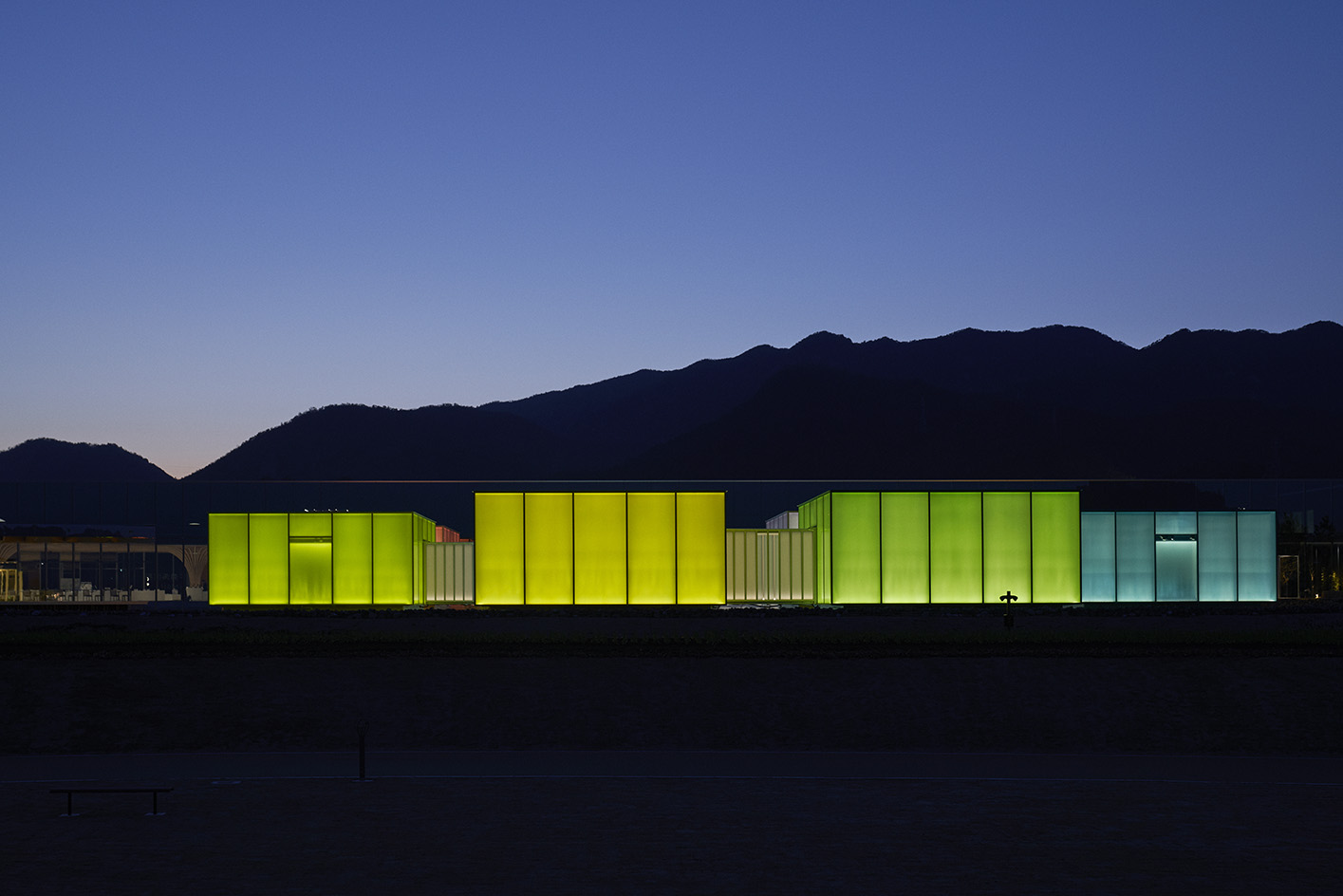
The movable galleries
With easy access from nearby Iwakuni airport, Hiroshima City centre and picturesque Miyajima island, Simose is sure to become a popular stop for visitors to Japan and locals alike.

Simose Art Museum entrance interior hall
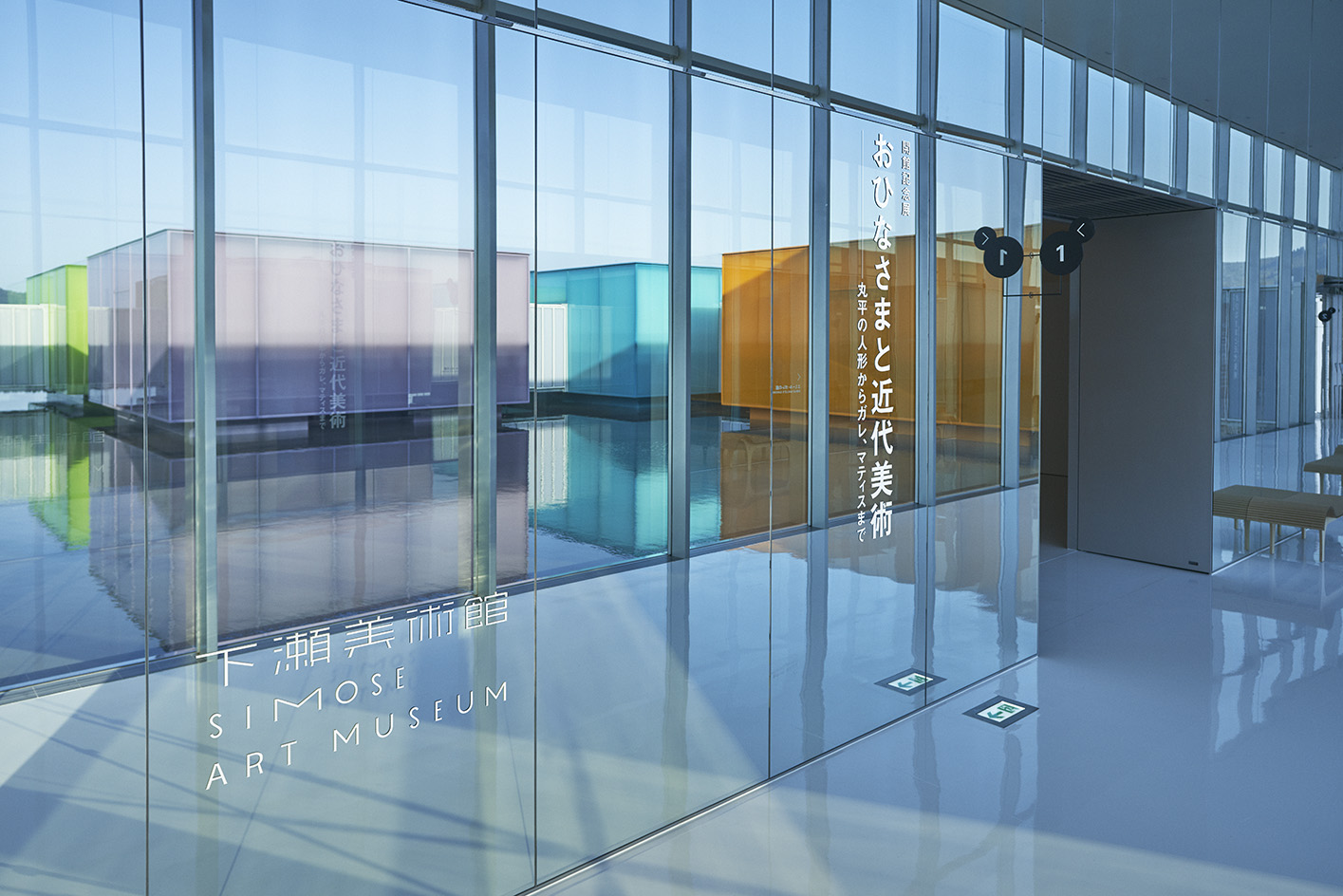
Passageway towards the galleries
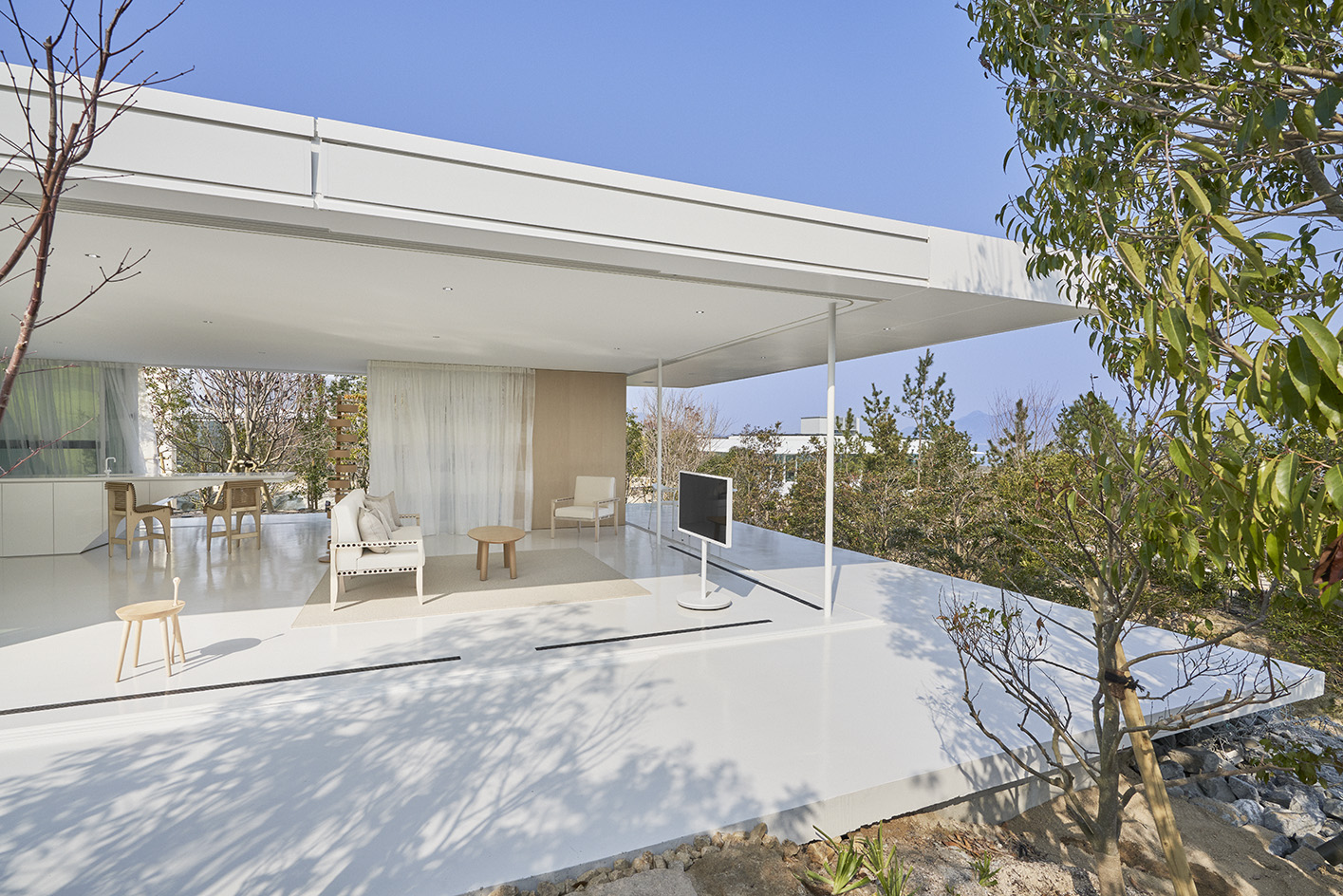
Wall-Less House
Originally from Denmark, Jens H. Jensen has been calling Japan his home for almost two decades. Since 2014 he has worked with Wallpaper* as the Japan Editor. His main interests are architecture, crafts and design. Besides writing and editing, he consults numerous business in Japan and beyond and designs and build retail, residential and moving (read: vans) interiors.
-
 This cult Los Angeles pop-up restaurant now has a permanent address
This cult Los Angeles pop-up restaurant now has a permanent addressChef Brian Baik’s Corridor 109 makes its permanent debut in Melrose Hill. No surprise, it's now one of the hardest tables in town to book
-
 French bistro restaurant Maset channels the ease of the Mediterranean in London
French bistro restaurant Maset channels the ease of the Mediterranean in LondonThis Marylebone restaurant is shaped by the coastal flavours, materials and rhythms of southern France
-
 How ethical is Google Street View, asks Jon Rafman in Copenhagen
How ethical is Google Street View, asks Jon Rafman in CopenhagenIn 'Report a Concern - the Nine Eyes Archives' at Louisiana Museum of Art, Copenhagen, Jon Rafman considers technology's existential implications
-
 Matsuya Ginza lounge is a glossy haven at Tokyo’s century-old department store
Matsuya Ginza lounge is a glossy haven at Tokyo’s century-old department storeA new VIP lounge inside Tokyo’s Matsuya Ginza department store, designed by I-IN, balances modernity and elegance
-
 The Architecture Edit: Wallpaper’s houses of the month
The Architecture Edit: Wallpaper’s houses of the monthThis September, Wallpaper highlighted a striking mix of architecture – from iconic modernist homes newly up for sale to the dramatic transformation of a crumbling Scottish cottage. These are the projects that caught our eye
-
 Utopian, modular, futuristic: was Japanese Metabolism architecture's raddest movement?
Utopian, modular, futuristic: was Japanese Metabolism architecture's raddest movement?We take a deep dive into Japanese Metabolism, the pioneering and relatively short-lived 20th-century architecture movement with a worldwide impact; explore our ultimate guide
-
 A new Tadao Ando monograph unveils the creative process guiding the architect's practice
A new Tadao Ando monograph unveils the creative process guiding the architect's practiceNew monograph ‘Tadao Ando. Sketches, Drawings, and Architecture’ by Taschen charts decades of creative work by the Japanese modernist master
-
 A Tokyo home’s mysterious, brutalist façade hides a secret urban retreat
A Tokyo home’s mysterious, brutalist façade hides a secret urban retreatDesigned by Apollo Architects, Tokyo home Stealth House evokes the feeling of a secluded resort, packaged up neatly into a private residence
-
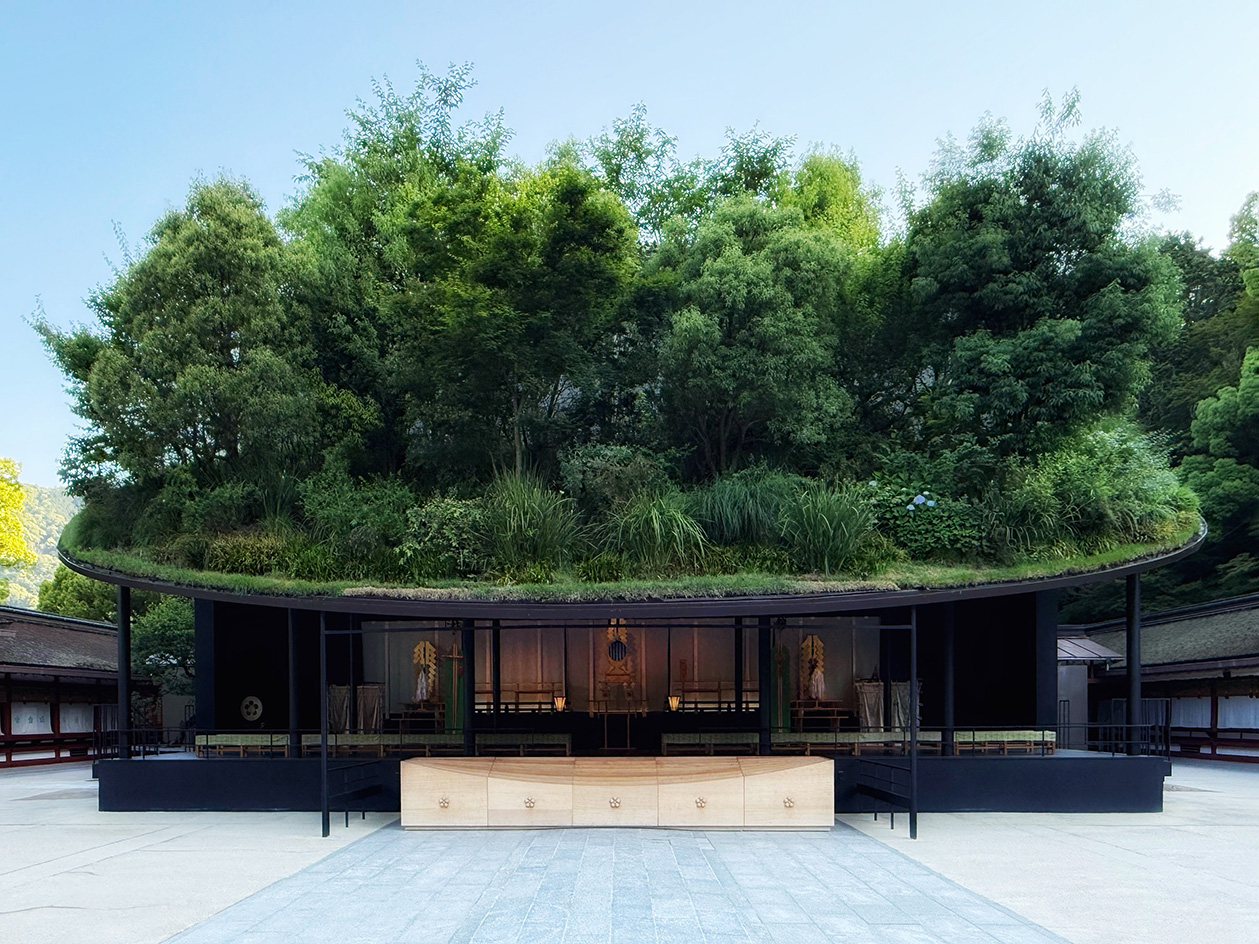 Landscape architect Taichi Saito: ‘I hope to create gentle landscapes that allow people’s hearts to feel at ease’
Landscape architect Taichi Saito: ‘I hope to create gentle landscapes that allow people’s hearts to feel at ease’We meet Taichi Saito and his 'gentle' landscapes, as the Japanese designer discusses his desire for a 'deep and meaningful' connection between humans and the natural world
-
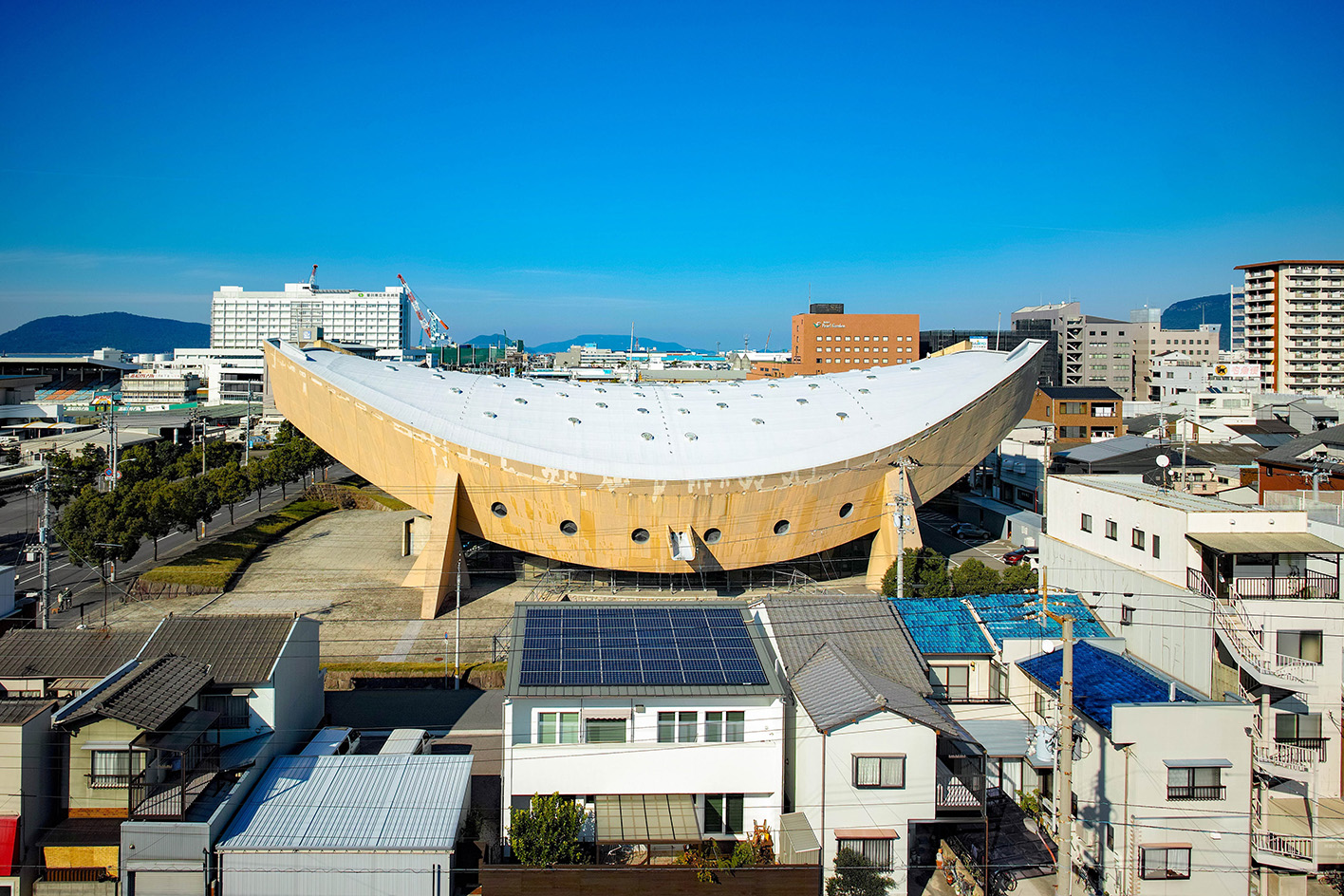 Campaigners propose reuse to save Kenzo Tange’s modernist ‘Ship Gymnasium’ in Japan
Campaigners propose reuse to save Kenzo Tange’s modernist ‘Ship Gymnasium’ in JapanThe Pritzker Prize-winning architect’s former Kagawa Prefectural Gymnasium is at risk of demolition; we caught up with the campaigners who hope to save it
-
 A new photo book explores the symbolic beauty of the Japanese garden
A new photo book explores the symbolic beauty of the Japanese garden‘Modern Japanese Gardens’ from Thames & Hudson traces the 20th-century evolution of these serene spaces, where every element has a purpose